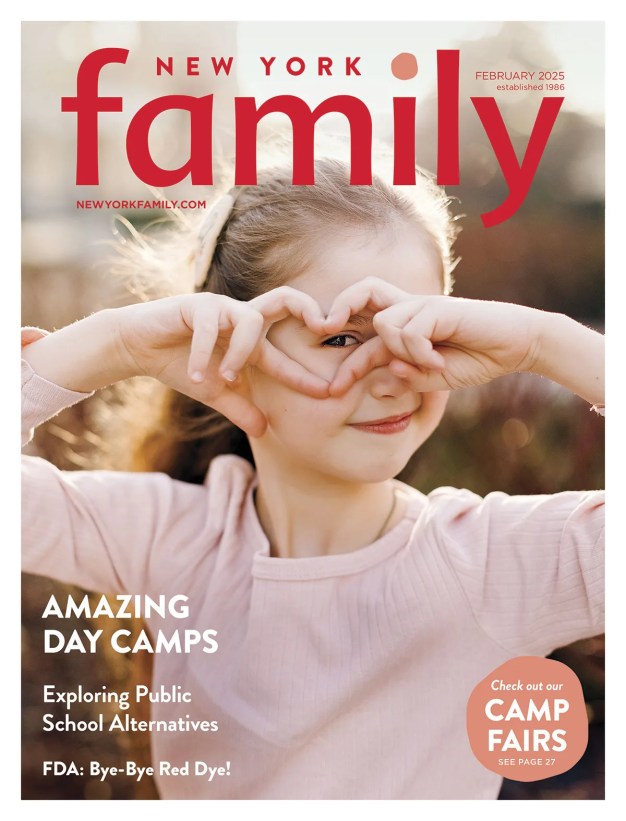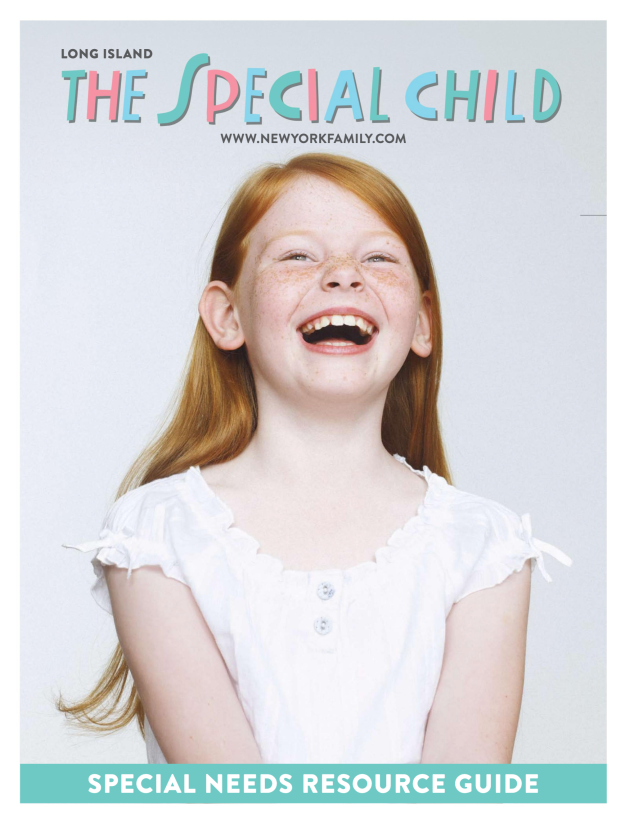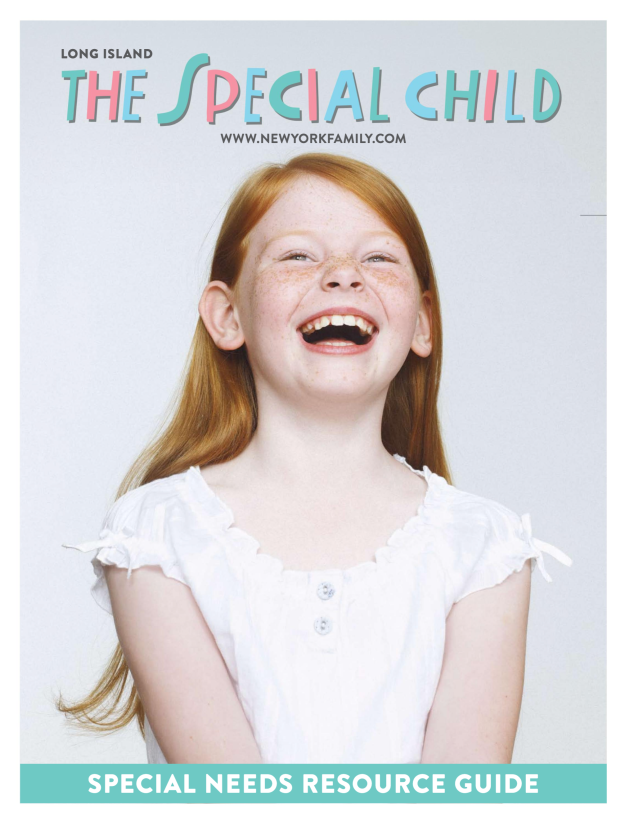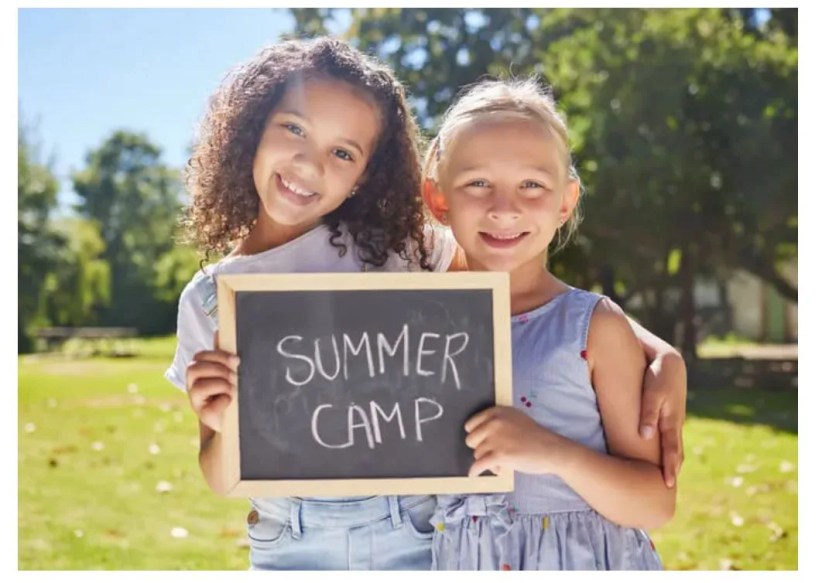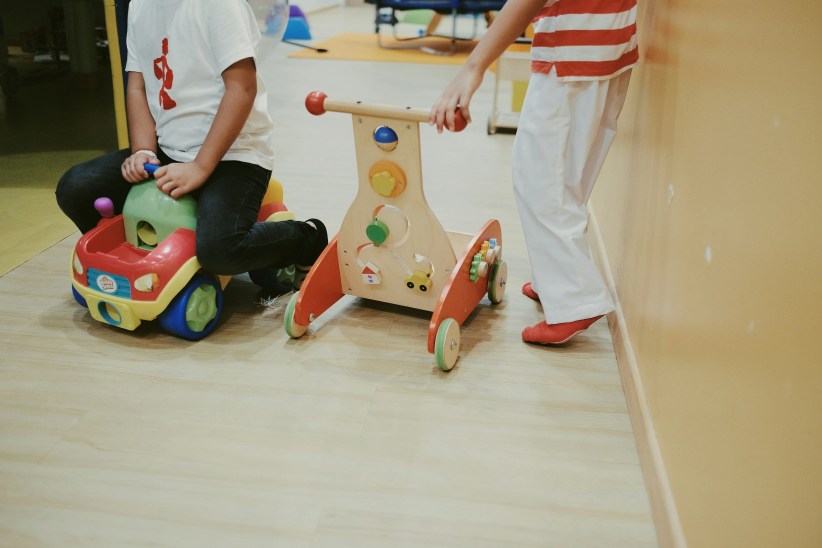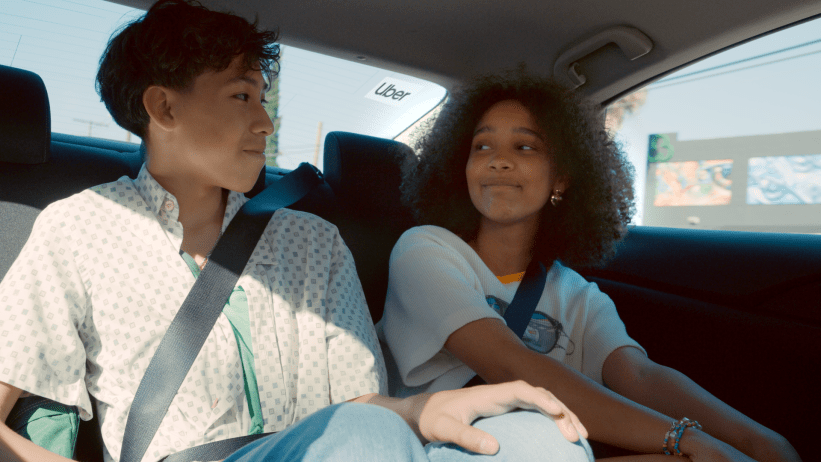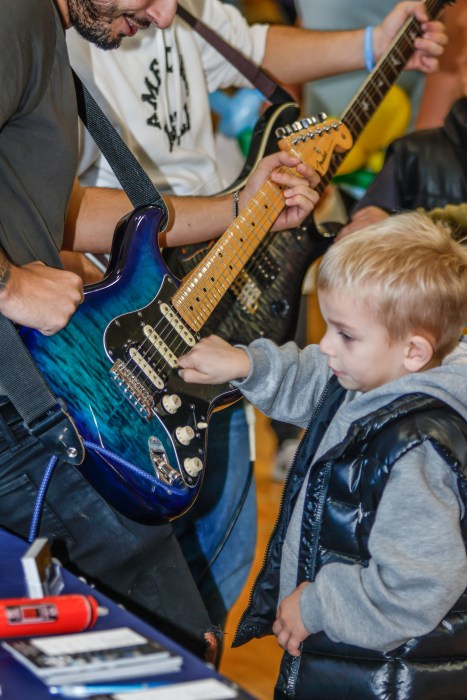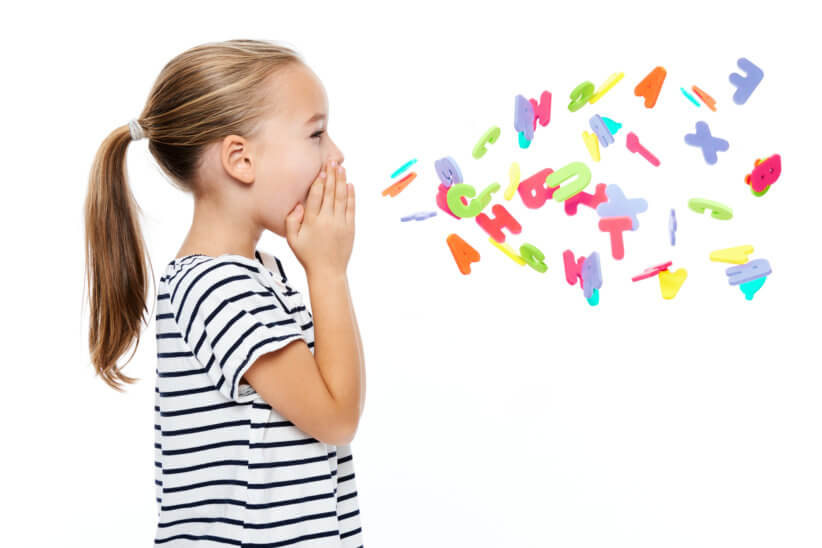
Stuttering and Understanding More About Children Who Stutter
While many parents have been home with their children helping, guiding, and teaching through remote schooling, many are also having to understand the needs of their child when it comes to a special need that needs to be addressed, such as stuttering. Many may recall 13-year-old Brayden Harrington’s brave speech at the Democratic National Convention that shined a national spotlight on stuttering. While as many as 5% of children stutter, there is much to be educated on stuttering, which is why we connected with the nonprofit organization SAY: The Stuttering Association for the Young who shared on this special need that is not often addressed in mainstream media. SAY shared with us their sage knowledge and tips on what they call “Stuttering 101.”
What is stuttering?
Stuttering is a complex communication disorder. It is not easy to define because it looks very different in each person and can even change over the course of a person’s lifetime. As many as 5% of young children stutter, and approximately 1% of all people – that’s 70 million people! Although no two people who stutter are exactly the same, we can generally understand stuttering in three connected parts:
Surface behaviors – qualities of speech that you can see and hear, e.g.
- Sound repetitions (“Let’s ride in the c-c-car”)
- Sound prolongations (“Hey, that’s mmmmmy toy”)
- Silent blocks (“Let’s read a —– book”)
- Secondary characteristics – other body movements when a person is stuttering. This can include eye blinks, leg shaking, lots of tension in the throat, or many other characteristics.
Impact on attitudes and emotions – Some people who stutter may not be bothered by their stuttering at all. Many others, however, struggle with shame, embarrassment, anxiety, or low self-esteem. For some, the impact on quality of life can be far more significant than the surface behaviors.
Impact on everyday life – Many people who stutter go to great lengths to try to hide their stuttering. As a result, they may avoid or struggle with many ordinary situations, such as ordering at a restaurant, introducing themselves, or reading aloud in class. Children who stutter may also face bullying or teasing at school because of the way that they talk.
Each person who stutters will have different surface behaviors and different degrees of difficulty with their speech. But it is important to recognize that stuttering is much more than what we can see and hear.
What causes stuttering?
Many factors contribute to stuttering as a child develops. Up-to-date research says that stuttering has a genetic link. This can result in a person having small differences in how his or her brain is organized for speech and language. Other contributing factors may include the child’s temperament, emotions, and language development.
It is important to know that stuttering is nobody’s fault. Stuttering is not caused by anything parents do. Core stuttering behaviors are involuntary, which means that they cannot always be controlled. Many people find ways to work around or minimize the impact of their core stuttering, while speech therapy and support groups can play a role in helping individuals to better understand their speech. But it is different for everyone.
How should I act around someone who stutters?
Just be yourself, and remember – the main difference between a person who stutters and a person who doesn’t is that the person who stutters may need some extra time to talk. See our Listening Tips below for more information.
Can stuttering be cured?
Stuttering cannot be “cured” like a disease or illness, and there is no approved medication to treat stuttering. However, speech therapy and support groups have been shown to help children who stutter reduce the negative impact of stuttering on their lives. Young children (typically age 2 ½ to 6) often see reduced stuttering behaviors as they continue to grow, and it is thought that early intervention speech therapy makes a difference.
Listening Tips
These tips are provided to help make your interactions with a person who stutters a more positive, communicative and supportive experience.
- Please be patient. You may be tempted to finish sentences or fill in words, but please refrain from doing so unless you know the other person well and have their permission. Although you may have the best of intentions, completing another person’s sentences may feel demeaning. Of course, if you guess the wrong word, the communication difficulties only increase.
- Try to refrain from comments such as “slow down,” “take a breath” or “relax.” To many people who stutter, this advice feels patronizing.
- Maintain eye contact and try not to look embarrassed or alarmed. Just wait patiently until the other person is finished talking.
- Be aware that people who stutter often have more difficulty speaking on the telephone. In particular, saying “Hello” can be a special problem. Please be extra patient in this situation.
- People sometimes wonder if it’s OK to ask someone questions about their stuttering. This is certainly a judgment call and stuttering should not be considered a taboo subject. However, some people who stutter are sensitive about it and may prefer not to discuss the subject. By following the rules of common courtesy, everything should be fine.
- A person’s stuttering sometimes makes it harder to understand what they are saying. If you do not understand what is being said, don’t be afraid to simply say, “I’m sorry, I didn’t understand what you just said.” No matter how much of a struggle it was for them to say it, this is preferable to pretending you understood or guessing what was said.
- Let the person who stutters know by your body language and actions that you are listening to what is being said, not how it’s being said. Be yourself and be a good listener.
SAY: The Stuttering Association for the Young is a national 501(c)(3) nonprofit organization that provides support, advocacy, and life-changing experiences for young people who stutter, ages 3-18. Since 2001, SAY has offered comprehensive and innovative programs that address the physical, social, and emotional impacts of stuttering. Through Camp SAY residential summer camp, Camp SAY Across the USA regional day camps, Speech Therapy, and Confident Voices creative arts programming, SAY builds a community of acceptance, friendship, and encouragement where young people who stutter can develop the confidence and communication skills they need to thrive.

